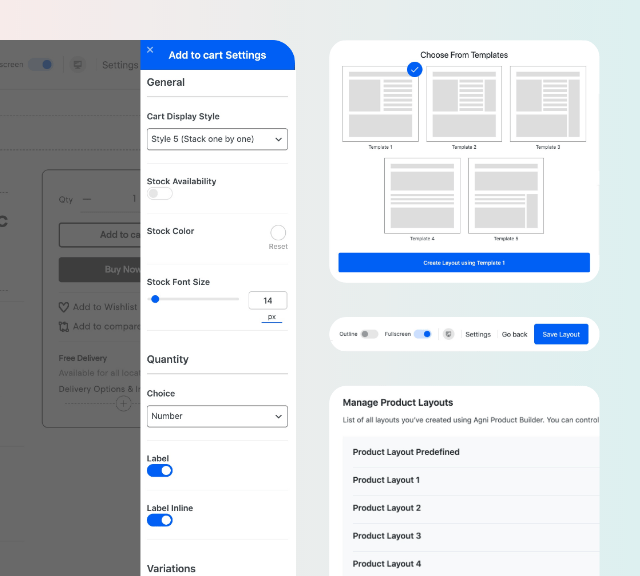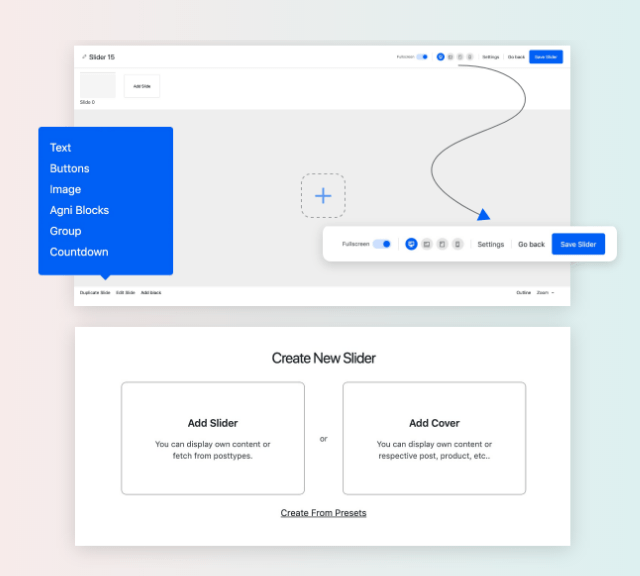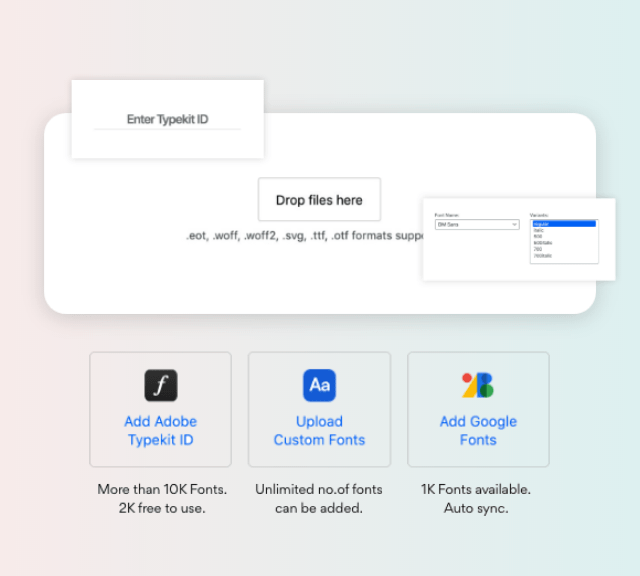Content
The analysis is especially convenient to do so on a comparative basis. On the other hand, horizontal analysis looks at amounts from the financial statements over a horizon of many years. If the company returns to year-1 levels of gross margin (when it made $0.45 on each $1.00 of sales), and if it can increase its sales volume, it might generate enough cash to reduce its long-term debt. But if the second-year decline in profitability continues, it will run into financial difficulty in the next few years. It could even be forced out of business when the bank demands payment on its long-term loan.
Vertical analysis is a method of financial statement analysis in which each line item is listed as a percentage of a base figure within the statement. Ratio analysis is used to evaluate various aspects of a company’s financial performance such as its efficiency, liquidity, profitability, and solvency. Gross profit ratio (gross profit divided by net sales and/or revenue) and earnings per share (EPS) are examples of key ratios used to evaluate income and changes in equity. One of the most widely used ratios by investors to assess company performance is the price-earnings (P/E) ratio (market price per share divided by EPS).
How Horizontal Analysis Works
The balance sheet is the financial statement that provides a snapshot in time of the company’s financial position. It is composed of assets, liabilities, and stockholders’ equity and demonstrates the accounting equation is in balance. Liabilities are amounts a company owes like accounts payable and long-term debt. Stockholders’ equity is the amount of capital owned by the investors after the liabilities are accounted for. The income statement is the financial statement that gives readers the company’s bottom line, profit or loss, for the reported accounting period. Revenue is the money that comes into the firm for the sale of goods or services.
If this is the case, you may have a problem for the next year because you’ll have to cut prices (and reduce profitability) in order to sell the same slow-moving inventory. First, the cost of goods sold (COGS) for the business firm has increased from Year 1 to Year 2. The COGS usually includes direct labor costs and the cost of direct materials used in production. One reason the cost of goods sold has gone up is that sales have gone up, but here is an important distinction. To complete a vertical analysis for your balance sheet, you’ll need to perform this calculation for each line item that is currently listed on your balance sheet.
Fixed Asset Accounting Abbreviations
For example, retaining a borderline, or losing, segment that produces parts may guarantee access to these critical parts when needed for production of a much larger product to continue uninterrupted. If the parts manufacturing component is discontinued and disposed, this guaranteed access will no longer exist and production in the larger sense can quickly grind to a halt, affecting company sales and profits. Segmented reporting can also assist in forecasting future sales, profits, and cash flows, since different components within a company can have different gross margins, profitability, and risk.
This means Mistborn Trading saw an increase of $20,000 in revenue in the current year as compared to the prior year, which was a 20% increase. The same dollar change and percentage change calculations would be used for the income statement line items as well as the balance sheet line items. The figure below shows the complete horizontal analysis of the income statement and balance sheet for Mistborn Trading. Vertical analysis is the proportional analysis of a financial statement, where each line item on a financial statement is listed as a percentage of another item.
AI Text Tools
For example, the vertical analysis of an income statement results in every income statement amount being restated as a percent of net sales. If a company’s net sales were $2 million, they will be presented as 100% ($2 million divided by https://simple-accounting.org/a-beginner-s-guide-to-vertical-analysis-in-2021/ $2 million). If the cost of goods sold amount is $1 million, it will be presented as 50% ($1 million divided by sales of $2 million). This shows that the amount of cash at the end of 2018 is 141% of the amount it was at the end of 2014.
What is vertical analysis analysis?
Vertical analysis is the comparison of financial statements by representing each line item on the statement as a percentage of another line item. This type of analysis is often combined with “horizontal analysis”.
In general, you can prepare a common-size income statement by going line-by-line and dividing each expense as a percentage of sales. For the balance sheet, the total assets of the company will show as 100%, with all the other accounts on both the assets and liabilities sides showing as a percentage of the total assets number. For example, when a vertical analysis is done on an income statement, it will show the top-line sales number as 100%, and every other account will show as a percentage of the total sales number. Again, keep in mind that these examples only become an issue if they occur consistently over several accounting periods, which is why it’s so important to perform vertical analysis regularly. Balance sheet vertical analysis uses total assets as a base and assigns a percentage to all line items.
Business Case Studies
By looking that the balance sheet above, you can see that while your current asset total went down in accounts receivable, your fixed asset total went up. For the vertical and horizontal https://simple-accounting.org/ analysis, please make sure to use FORMULAS in the BLUE shaded cells. For cells that should be percentages, make sure to show the PERCENT SIGN and round to 2 DECIMALS.
- First, the cost of goods sold (COGS) for the business firm has increased from Year 1 to Year 2.
- If they were only expecting a 20% increase, they may need to explore this line item further to determine what caused this difference and how to correct it going forward.
- For year 1, therefore, we had a higher ratio than the industry; in year 2, though we had a lower ratio, we were still in the proverbial ballpark.
- For example, a business may compare cash to total assets in the current year.
- The balance sheet is the financial statement that provides a snapshot in time of the company’s financial position.








































